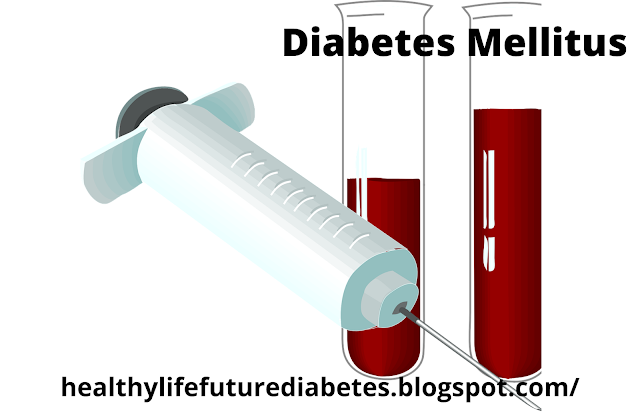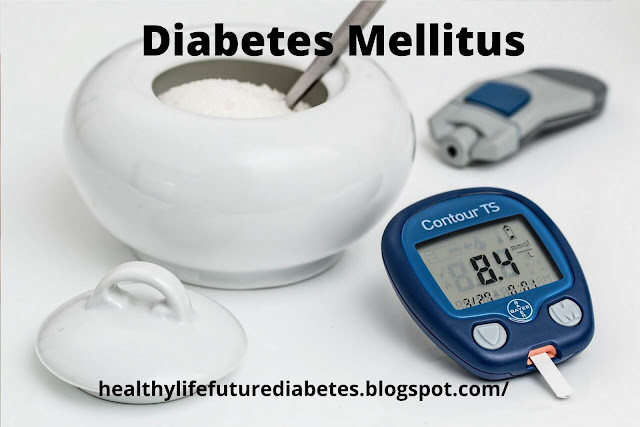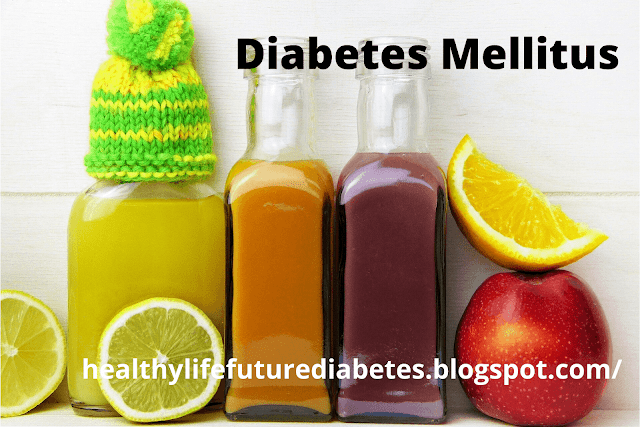Normal Blood Sugar
- Get link
- X
- Other Apps
Normal Blood Sugar
Normal and diabetic blood sugar ranges
| BLOOD SUGAR CHART | |
|---|---|
| Normal for person without diabetes | 70–99 mg/dl (3.9–5.5 mmol/L) |
| Official ADA recommendation for someone with diabetes | 80–130 mg/dl (4.4–7.2 mmol/L) |
| 1 to 2 hours after meals | |
| Normal for person without diabetes | Less than 140 mg/dl (7.8 mmol/L) |
Fasting blood sugar
A fasting glucose (now and then called fasting plasma glucose or FPG) is a glucose that is estimated in the wake of fasting (not eating or drinking anything, aside from water) for at any rate 8 hours. The reason for doing a fasting glucose test is to decide how much glucose (sugar) is in the blood, and this test is generally used to check for diabetes or prediabetes. The blood test is typically estimated at a lab, at the specialist's office or at a clinic. A blood test might be drawn from a vein in your arm and gathered in a cylinder which will at that point be investigated by a lab. Or on the other hand, a blood test might be acquired by doing a fingerstick with a lancet.
Normal fasting blood sugar for person without diabetes
A normal fasting blood glucose for somebody who doesn't have diabetes ranges from 70 to 99 mg/dl. The American Diabetes Association suggests a standard screening for type 2 diabetes beginning at age 45. On the off chance that the outcomes are typical, the screening ought to be rehashed like clockwork.
On the off chance that have diabetes chance elements, which incorporate being overweight or corpulent, having a family ancestry of type 2 diabetes, having a past filled with gestational diabetes, or being of a specific race/ethnicity (African American, Latino, Asian American, Pacific Islander, or Native American), you ought to be screened for diabetes sooner than age 45.
Youngsters and youths who have diabetes side effects or who are overweight and have a family ancestry of type 2 diabetes, are of African American, Latino, Asian American, Native American or Pacific Islander plunge, who have indications of prediabetes (acanthosis nigricans, hypertension, elevated cholesterol) or a mother who had gestational diabetes ought to be tried start at age 10 and afterward at regular intervals from there on.
A fasting glucose of 100 to 125 mg/dl is characteristic of prediabetes, which is where glucose levels are above "typical" however not sufficiently high to be viewed as diabetes. Prediabetes is a hazard factor for type 2 diabetes, coronary illness and stroke. It's overseen by way of life changes and, now and again, medicine.
Official fasting glucose ADA proposal for somebody with diabetes
The American Diabetes Association suggests a fasting glucose focus of 80 to 130 mg/dl for most nonpregnant grown-ups with diabetes. Be that as it may, the fasting glucose target may should be individualized for specific individuals dependent on such factors as span of diabetes, age and future, intellectual status, other wellbeing conditions, cardiovascular intricacies and hypoglycemia ignorance. It's significant that individuals with diabetes talk about their objective glucose objectives with their social insurance supplier.
After-supper glucose for somebody without diabetes
A typical glucose is lower than 140 mg/dl. A glucose somewhere in the range of 140 and 199 mg/dl is viewed as prediabetes, and a glucose of 200 mg/dl or higher can show diabetes. Somebody who doesn't have diabetes is probably not going to check their blood sugars. In any case, one of the screening tests for diabetes is called an oral glucose resilience test, or OGTT. (A somewhat unique variant of the OGTT is likewise used to analyze gestational diabetes, which is diabetes that creates during pregnancy). For this test, the individual needs to quick expedite and go to the specialist's office or a lab in the first part of the day. A blood test will be utilized to gauge the fasting glucose. The individual at that point drinks a sugary beverage that contains 75 grams of sugar. After two hours, glucose is checked once more.
Ordinary glucose levels in the wake of eating for diabetics
The American Diabetes Association prescribes that the glucose 1 to 2 hours after the start of a supper be under 180 mg/dl for most nonpregnant grown-ups with diabetes. This is regularly the pinnacle, or most elevated, glucose level in somebody with diabetes. Once more, this objective may should be individualized for specific individuals dependent on such factors as span of diabetes, age and future, psychological status, other wellbeing conditions, cardiovascular entanglements and hypoglycemia ignorance. It's significant that individuals with diabetes talk about their objective glucose objectives with their social insurance supplier.
HbA1c
The HbA1C test is a blood test that gives normal degrees of blood glucose in the course of recent months. Different names for this test are hemoglobin A1C, A1C, glycated hemoglobin, and glycosylated hemoglobin test. An individual doesn't have to quick before having their HbA1C test estimated; as it were, it's OK to eat or drink something in advance. The HbA1C test may not be precise for certain individuals, incorporating those with anemias and for those getting treatment for HIV, and for individuals of African, Mediterranean or Southeast Asian plunge. The HbA1C result is accounted for as a rate; the higher the rate, the higher the glucose level.
Notwithstanding being an instrument for diagnosing diabetes, the HbA1C test is utilized to help individuals who have diabetes deal with their condition.
Typical HbA1c for individual without diabetes
For somebody who doesn't have diabetes, a typical HbA1C level is beneath 5.7%. An A1C between 5.7% to 6.4% is characteristic of prediabetes.
It's suggested that grown-ups beyond 45 years old or grown-ups under 45 who are overweight and have at least one hazard factors for diabetes — have a gauge A1C checked. On the off chance that the outcome is ordinary, the A1C ought to be checked at regular intervals. On the off chance that the outcome demonstrates prediabetes, the A1C ought to be checked each 1 to 2 years.
Official HbA1c ADA suggestion for somebody with diabetes
The American Diabetes Association suggests a HbA1C of under 7% for most nonpregnant grown-ups with diabetes. A lower objective, for example, under 6.5%, might be suitable for certain individuals who have had diabetes for a shorter measure of time, for more youthful individuals, for those without coronary illness or potentially for those with type 2 diabetes treated with way of life or metformin as it were. A higher HbA1C objective, for example, under 8%, might be suitable for individuals with a past filled with extreme hypoglycemia, a restricted future, propelled diabetes entanglements, different ailments, or for whom a lower HbA1C objective is hard to accomplish. It's significant that individuals with diabetes talk about their objective glucose objectives with their human services supplier.
HbA1C levels ought to be checked between 2 to 4 times each year in individuals who have diabetes.
Glucose diagram: rundown
The fasting glucose, 2-hour post-feast glucose and HbA1C tests are significant approaches to analyze prediabetes and diabetes, just as demonstrate how well an individual's diabetes is being overseen. On the off chance that you think you have diabetes, it's essential to not attempt to analyze yourself by doing a fingerstick with a home blood glucose meter. There are exacting gauges and strategies that research facilities use for diagnosing diabetes; in this way, you ought to get tried at your primary care physician's office or at a lab.
It's additionally critical to chat with your primary care physician to ensure you comprehend a) how frequently you ought to have certain tests, for example, a fasting blood glucose or HbA1C test; b) what your outcomes mean; and c) what your glucose and HbA1C targets are.
In the event that you have not been recently determined to have prediabetes or diabetes yet your outcomes are above "ordinary," your PCP may suggest different tests and ought to talk about an arrangement of treatment with you. Treatment may incorporate way of life changes, for example, weight reduction, a smart dieting plan and normal physical movement. You may need to begin taking diabetes meds, including insulin. On the off chance that you are determined to have diabetes, it's prescribed that you figure out how to check your blood sugars with a meter so you and your human services group can decide how your treatment plan is functioning for you.
Frequently Asked Question (F.A.Q)
What is average blood sugar by age?
A normal fasting blood glucose level is between 70 and 100 mg/dl (milligrams per deciliter of blood).
What is considered high blood sugar?
What is high blood sugar? Blood glucose is commonly considered too high if it is higher than 130 mg/dl before a meal or higher than 180 mg/dl two hours after the first bite of a meal. However, most of the signs and symptoms of high blood glucose don't appear until the blood glucose level is higher than 250 mg/dl.
What is a good blood sugar level for a type 2 diabetes?
The American Diabetes Association recommends aiming for a blood sugar level between 70 to 130 mg/dl before meals and less than 180 mg/dl one to two hours after a meal. To keep your blood sugar within this range, follow a healthy, well-rounded diet and eat meals and snacks on a consistent schedule.
How do you feel when your blood sugar is too high?
The main symptoms of hyperglycemia are increased thirst and a frequent need to urinate. Other symptoms that can occur with high blood sugar are: Headaches. Tiredness.
What is a dangerous blood sugar level?
Interpreting the results
| Fasting blood sugar level | Risk level and suggested action |
|---|---|
| 90–120 mg/dl | Normal range |
| 120–160 mg/dl | Medium: Seek medical attention |
| 160–240 mg/dl | Too high: Work to bring down blood sugar levels |
| 240–300 mg/dl | Much too high: This could be a sign of ineffective glucose management, so see a doctor |
- Get link
- X
- Other Apps






Comments
Post a Comment